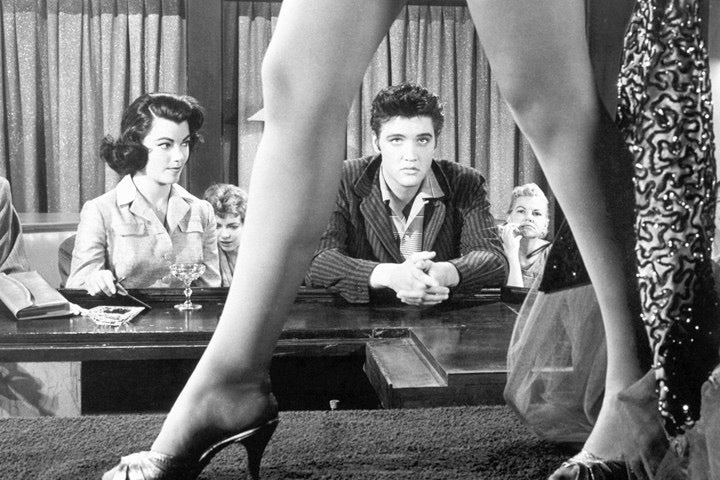Understanding ”Male Gaze”
The idea of the “male gaze” is very important in the field of media and visual culture. The term “male gaze,” first used by feminist cinema theorist Laura Mulvey in her 1975 essay “Visual Pleasure and Narrative Cinema,” describes how women are portrayed and seen in the media, frequently via a perspective of masculine desire. Instead than viewing women as unique people with choice and subjectivity, this viewpoint views them as objects to be consumed and judged.
The idea of “male gaze” refers to seeing women from a male perspective and desire. This point of view treats women as things to be evaluated and consumed. Mulvey examines how women are viewed and judged as objects in her essay “Visual Pleasure and Narrative Cinema,” using framing, lighting, and camera angles as examples.
In the realm of visual storytelling, camera angles have the power to shape our perception, influence our emotions and thoughts of a character. However, it can reinforce negative gender stereotypes and contribute to a sexist culture when they are utilised to highlight female bodies in a way that objectifies or exploits. Moreover, framing also play a significant role in shaping how we see female characters. Women’s bodies, especially their faces and bodies, can be reduced to objects of beauty via tight close-ups that emphasise their physical characteristics over their uniqueness and choice.
Examples of ”Male Gaze” in cinema.
The film “Blonde” has sparked a significant debate surrounding the portrayal of Marilyn Monroe and the presence of the male gaze. In “Blonde,” director Andrew Dominik employs a number of cinematic techniques that align with the concept we are understanding today.

The plot of the movie promotes the masculine gaze by presenting Monroe as a passive object compared to an active subject. Her goals and aspirations are frequently shown as secondary to the needs and wishes of others. Also, she is seen as controlled, powerless and manipulated by the men in her life. This representation reinforces the idea that Monroes is a fragile and vulnerable character who lack autonomy and self-control.
In conclusion.
The male gaze is a complex and diverse idea that significantly affects how we perceive gender in the media. Through a critical analysis of media depictions and a challenge to the male gaze, we can work towards a media landscape that is more equitable and inclusive, empowering women and advancing gender equality.
References:
- Mulvey, L. (1975). Visual pleasure and narrative cinema. Screen, 16(3), 6–18. https://doi.org/10.1093/screen/16.3.6
- Archer, S. (2022, October 3). BLONDE: Biopic of the Male Gaze. Film Inquiry. https://www.filminquiry.com/blonde-2022-review/

